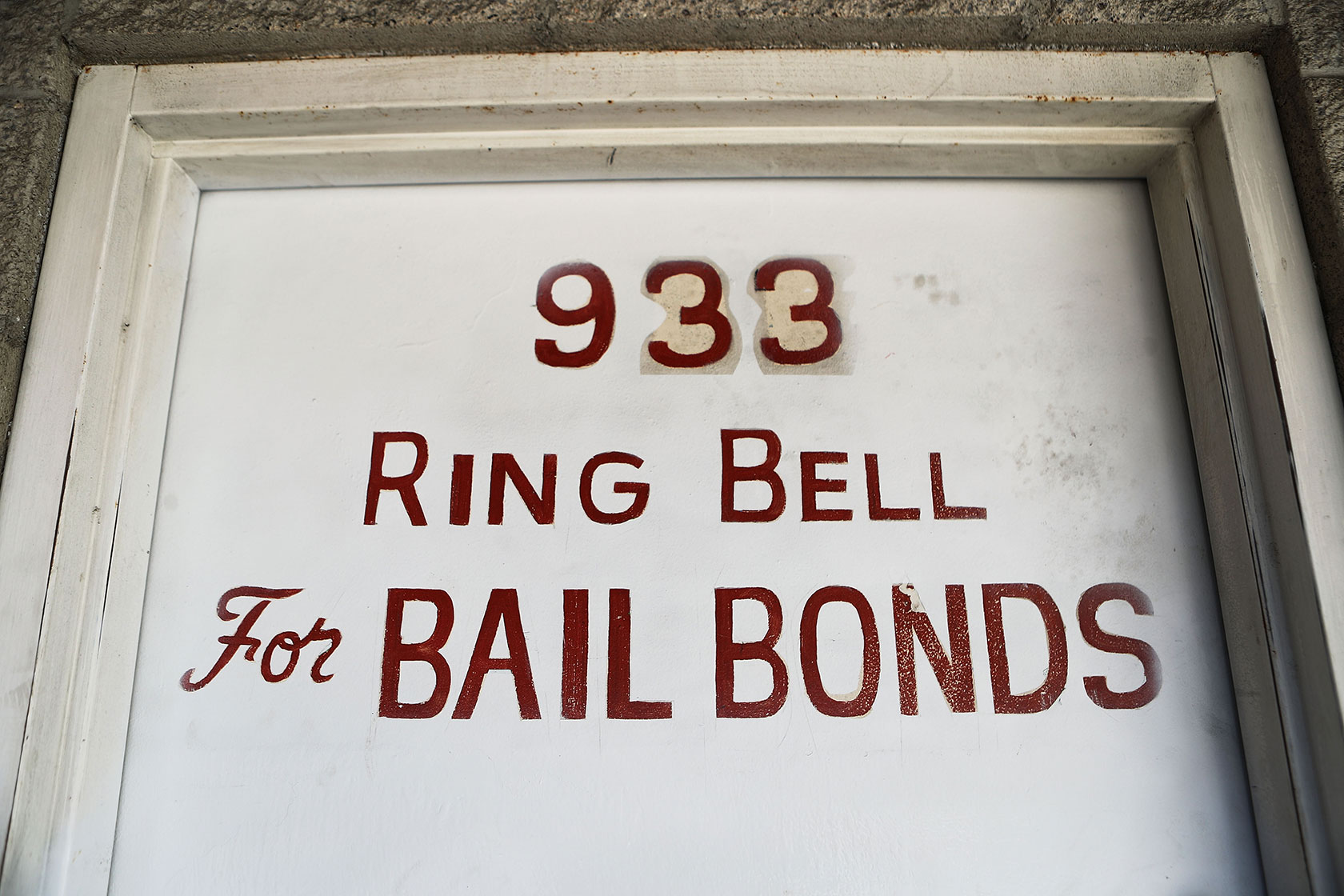If facing detention, San Marcos bail bonds can provide immediate help.
Discovering Why Bail Bonds Are Important in the Legal Process
Bail bonds offer a crucial feature within the lawful system, facilitating the fragile equilibrium in between private rights and societal safety and security. By permitting defendants to safeguard their release while waiting for trial, these economic tools not just maintain the presumption of virtue but likewise mitigate the strain on correctional facilities (Oceanside bail bonds). Nevertheless, this system is not without its intricacies and ramifications for various stakeholders. Understanding the complex duty of bail bonds welcomes a better evaluation of their influence on both offenders and the broader justice system. What nuances lie underneath this essential aspect of legal process?
Recognizing Bail Bonds
In the lawful procedure, bail bonds offer as a critical system that permits people billed with criminal offenses to safeguard their launch from custody while waiting for trial. A bail bond is basically a monetary assurance provided by a 3rd party, typically a bail bondsman, which guarantees that the implicated will appear in court at the marked times. When a judge sets a bail amount, it reflects the severity of the charges and the viewed trip threat of the offender.
Individuals who can not manage the full bail quantity might transform to bail bondsmen, that bill a non-refundable charge, typically around 10% of the overall bail. This charge compensates the bondsman for assuming the threat of the defendant possibly failing to appear in court. If the defendant does not follow court looks, the bail bondsman may use different methods to locate and apprehend the individual.
Bail bonds play a crucial role in the criminal justice system by balancing the legal rights of the implicated with the need to make sure public safety and security and court stability. Comprehending the technicians of bail bonds is crucial for any person navigating the complexities of the legal landscape.

The Function of Bail in Justice
Bail works as a fundamental pillar within the justice system, stabilizing the anticipation of innocence with the requirement to make certain court presence. bail bonds. By permitting accuseds to remain totally free while awaiting trial, bail recognizes that individuals are innocent until tested guilty. This necessary concept advertises justness and justice, as detention before test can exacerbate social inequalities and disrupt lives

Additionally, the bail procedure permits courts to examine the conditions of each instance, consisting of the nature of the costs, the offender's history, and neighborhood connections. This personalized analysis makes certain that bail choices are not exclusively corrective yet are rather reflective of the concepts of justice and equity, consequently improving the stability of the legal system.
Benefits for Offenders and Family Members
The advantages of bail prolong past the court, substantially affecting accuseds and their families. By safeguarding bail, offenders are paid for the opportunity to remain in their communities while waiting for test, which can considerably minimize the emotional and economic stress and anxiety connected with incarceration. This freedom permits individuals to maintain work, sustain their families, and accomplish necessary responsibilities, inevitably adding to their overall health.
For households, the implications of safeguarding bail are profound. It enables them to remain together throughout a challenging time, cultivating a support group that is crucial for psychological resilience. Family members can take part in the lawful process extra efficiently, as they can speak with attorneys, collect evidence, and plan for court hearings without the added problem of separation.
Furthermore, having actually a loved one released on bail can reduce the financial stress that typically comes with legal fights. Family members can assign sources toward legal charges and various other necessities rather than sustaining costs related to imprisonment. In general, the accessibility of bail bonds acts as a vital lifeline for accuseds and their households, advertising security and unity during a tumultuous duration in their lives.
Influence On Court Efficiency
By helping with the release of accuseds prior to trial, bail bonds significantly enhance court efficiency. When defendants have the ability to safeguard bail, they are much less most likely to stay incarcerated, which consequently decreases overcrowding in jails and apprehension centers. This relief of congestion allows regulation enforcement and court employees to designate resources much more efficiently, focusing on energetic situations rather than managing a stockpile triggered by pretrial detentions.
Moreover, when offenders are launched on bail, they can better prepare for their lawful procedures. This preparation often brings about a lot more educated conversations in between the defendant and their lawful advice, resulting in an extra structured judicial process. As offenders are much more most likely to go to court hearings when they are not confined, the price of missed court days reduces, adding to a much more orderly court routine.
Additionally, the punctual resolution of situations is facilitated as offenders are motivated to involve in their trials proactively. This not only accelerates the legal procedure but likewise helps preserve public self-confidence in the justice system. Eventually, making use of bail bonds serves a twin purpose: making certain that defendants can join their defense while simultaneously advertising her response an extra effective judicial structure.
Alternatives to Bail Bonds
Various choices to traditional bail bonds exist within the legal structure, each offering distinct systems for pretrial launch. One such option is launch on recognizance (ROR), where defendants pledge to appear in court without the need for financial bail. This choice is frequently readily available to individuals considered low-risk, advertising justness in the justice system.
Another option is making use of monitored release programs, which discover here involve keeping an eye on offenders through check-ins with a pretrial services policeman. These programs might integrate problems such as time limits or digital monitoring, guaranteeing conformity and decreasing trip risk.
Furthermore, some territories apply diversion programs that concentrate on rehabilitation as opposed to vindictive procedures. Offenders might take part in area solution or therapy as a problem of their launch, addressing underlying issues while minimizing incarceration.
Lastly, bail funds established by not-for-profit companies give economic aid to low-income defendants, allowing them to safeguard launch without the problem of high costs connected with standard bail bonds. These options highlight the significance of balancing public safety with the rights of the charged, ultimately adding to a much more equitable legal process.

Conclusion
Bail bonds work as a fundamental component of the legal procedure, personifying the concept of presumption of virtue while making certain offenders maintain their flexibility prior to trial. By incentivizing court attendance and how much does a bail bond cost alleviating jail congestion, bail bonds facilitate more effective case prep work. In addition, their duty in improving court efficiency underscores their relevance in preserving public confidence in the justice system. Ultimately, bail bonds add substantially to a balanced strategy between the rights of the charged and public security.